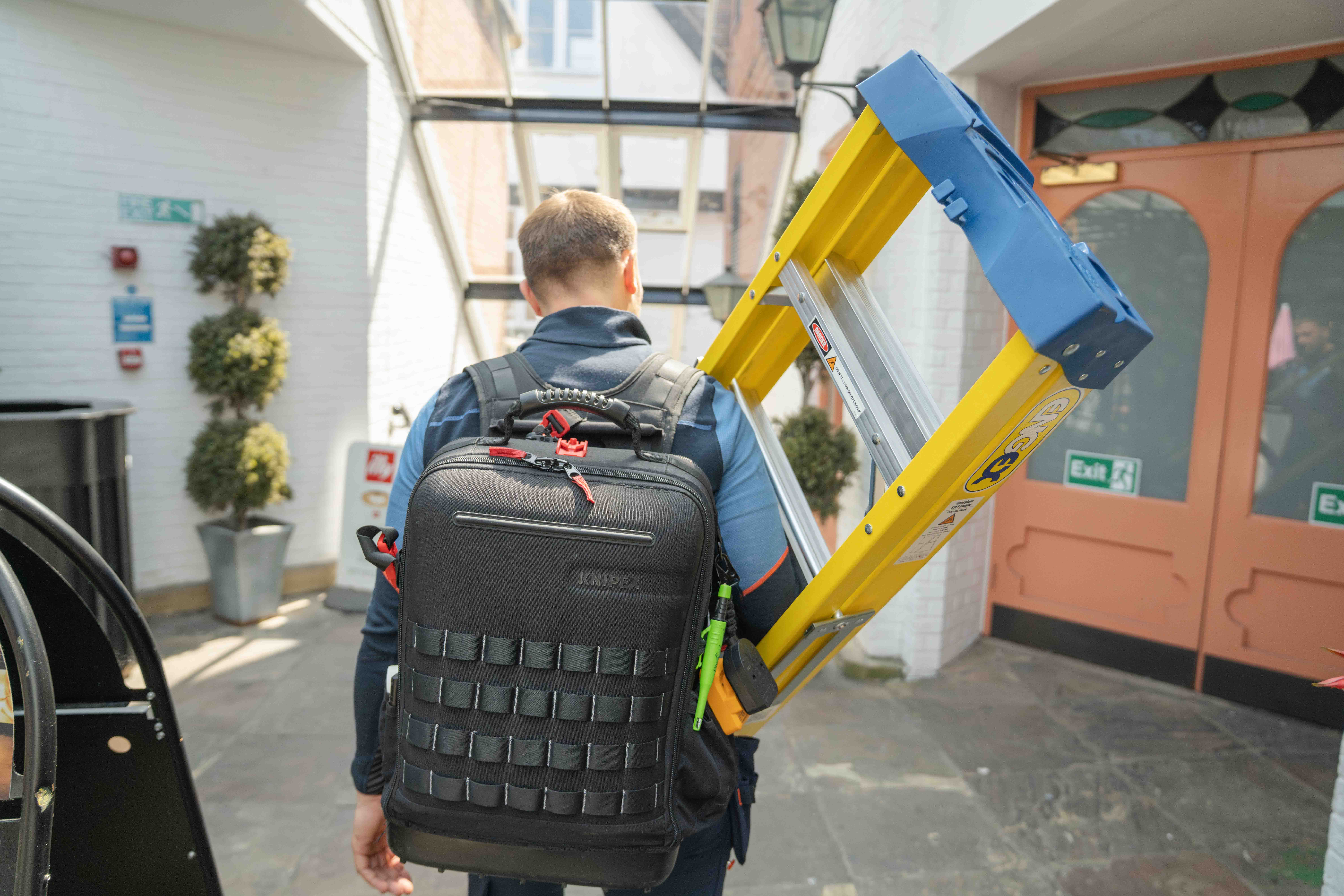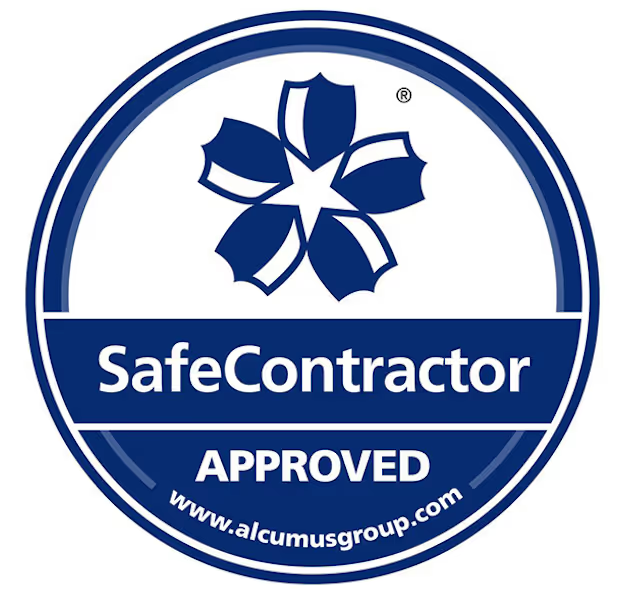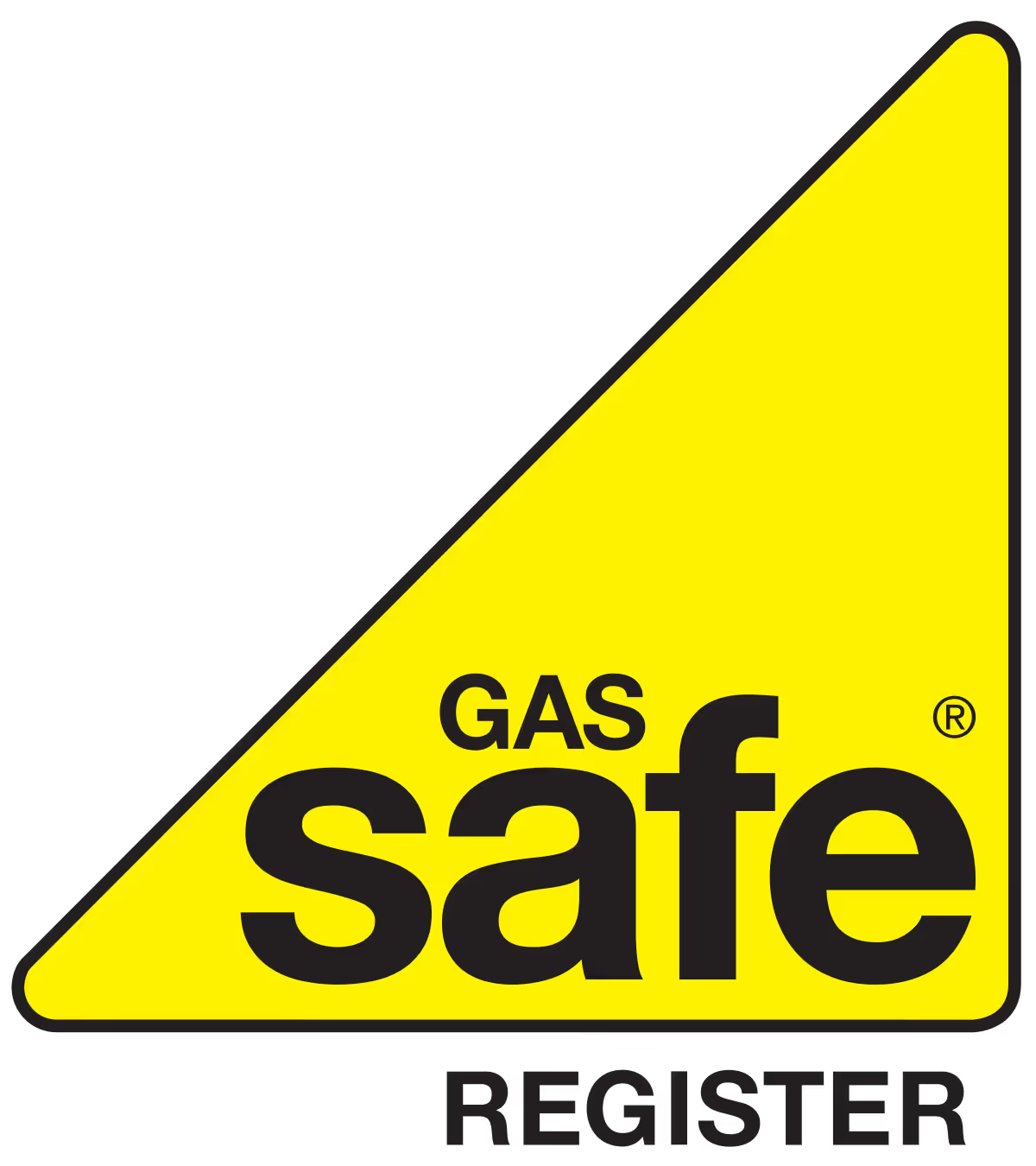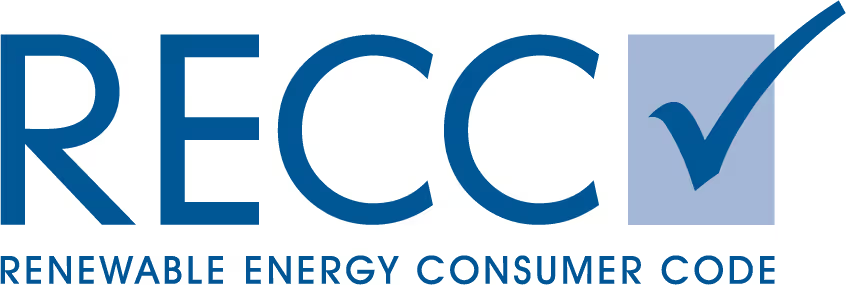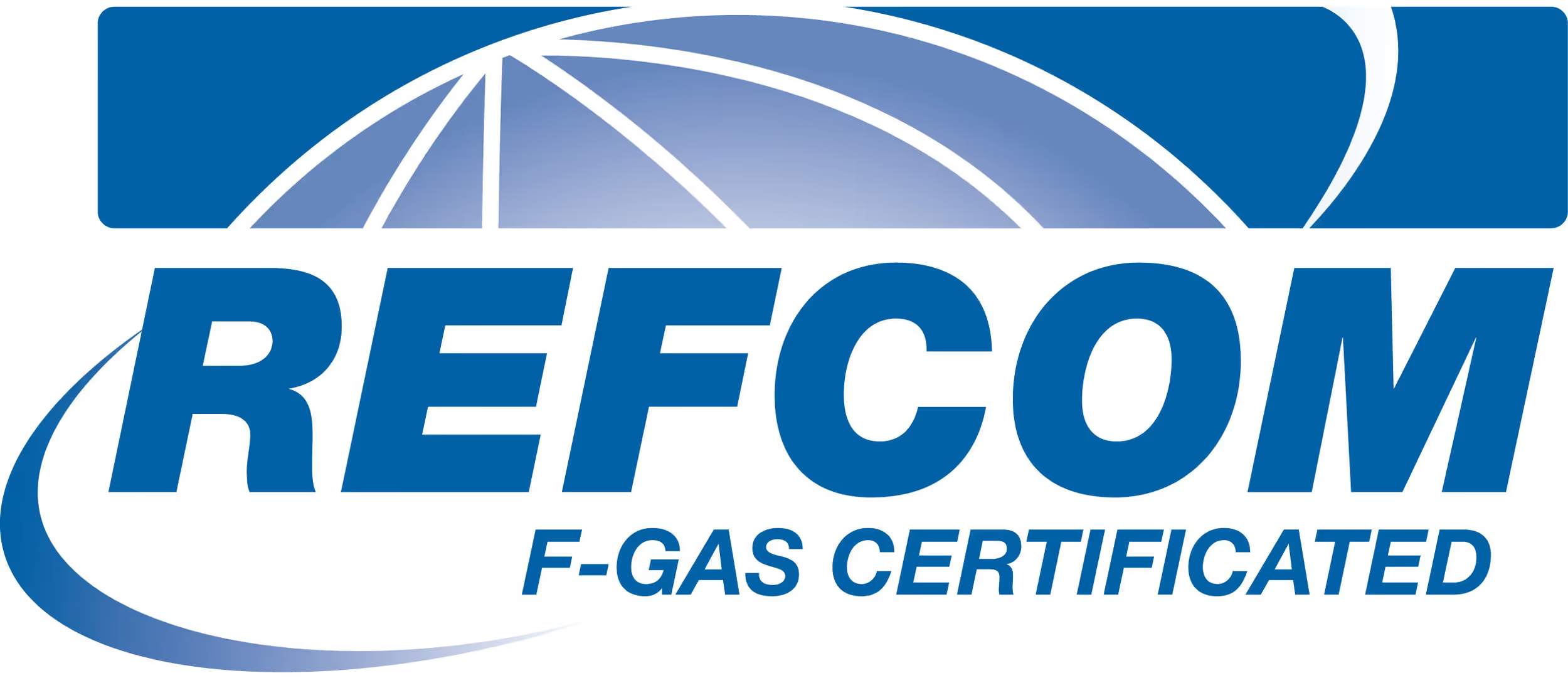Choosing the Right HVAC Design for Your Office: Cat A vs Cat B
When designing HVAC systems for offices, the approach you take can have a significant impact on comfort, energy efficiency, and long-term costs. Whether outfitting a new building or retrofitting an existing space, understanding the differences between Cat A and Cat B fit-outs is essential for making the right choice.
We'll dive into the key considerations for HVAC system design in office environments, focusing on the specific differences between Cat A and Cat B fit-outs, and how these choices affect your office HVAC systems. Let’s explore how your office’s HVAC system impacts productivity, energy efficiency, and overall comfort.
What Are Cat A and Cat B Fit-Outs?
What is a Cat A Fit-Out?
A Cat A fit-out refers to the basic level of office space preparation carried out by the landlord. At this stage, the essential structural elements are installed, such as:
- Suspended ceilings
- Raised floors
- Basic lighting
- HVAC systems (often a standard, cost-effective solution)
- Fire detection systems
In terms of HVAC system design, a Cat A fit-out typically includes a generic, centralised system that’s intended to service the entire building. The design is less focused on individual comfort and more on providing a neutral, adaptable environment for future tenants.
What is a Cat B Fit-Out?
In contrast, a Cat B fit-out is where tenant-specific customisation comes into play. This is the stage where individual spaces are adapted to suit the needs and aesthetics of the business occupying them. In a Cat B fit-out, you'll typically see:
- Bespoke office layouts (partitioning, meeting rooms)
- Customised lighting, furniture, and décor
- Advanced HVAC system design tailored to the specific needs of the space
For office HVAC systems, a Cat B fit-out allows for more flexibility, zoning, and advanced controls, offering superior comfort and energy efficiency for the end user.
HVAC Design Considerations in a Cat A Fit-Out
Basic HVAC Infrastructure
In a Cat A fit-out, the focus is on basic functionality. The HVAC systems installed are typically simple, with centralised control and minimal customisation. The key components of this system usually include:
- A central HVAC unit serving the entire building or floor
- Basic temperature control (e.g., fixed settings)
- Limited zoning (most areas will have similar heating/cooling)
While these systems get the job done, they often lack the flexibility and energy efficiency that many modern offices require. For businesses, this means that they may face challenges when trying to fine-tune the office environment to meet specific needs.
Limitations of a Cat A HVAC System
The simplicity of a Cat A HVAC system can be an advantage from a cost perspective, but it can also lead to some limitations, such as:
- Limited comfort control: Without advanced zoning or individual temperature controls, it can be difficult to maintain a comfortable environment in different parts of the office.
- Inefficiency: A centralised system may not be the most energy-efficient, especially if it’s running continuously to maintain a single temperature across large areas.
- Lack of customisation: When the office space is tailored to suit specific activities or business needs, a basic HVAC setup may not fully align with those requirements.
HVAC Design Considerations in a Cat B Fit-Out
Advanced HVAC Systems
In a Cat B fit-out, the focus shifts to comfort, efficiency, and customisation. HVAC system design in this context is more sophisticated, with systems tailored to meet the specific needs of the business and the space. Key components often include:
- Variable Refrigerant Flow (VRF) systems: These systems offer precise temperature control in individual zones, allowing different areas of the office to have different heating or cooling needs. This is ideal for open-plan offices, meeting rooms, and areas with varying occupancy levels.
- Dedicated Outdoor Air Systems (DOAS): These systems bring fresh air into the office while controlling humidity levels, ensuring a healthy and comfortable indoor environment.
- Smart HVAC controls: With advanced sensors and automated systems, HVAC systems can adjust settings in real-time based on occupancy or weather conditions, further boosting efficiency and comfort.
Integration with Office Layout
One of the standout features of a Cat B fit-out is how the HVAC system is integrated with the office layout. By designing the HVAC for offices to align with the space’s intended use, businesses can achieve the following:
- Zoning: Offices, meeting rooms, and break areas can be individually controlled, allowing employees to customise the environment to their preferences.
- Increased comfort: Enhanced ventilation and air filtration improve air quality, reduce allergens, and create a more comfortable working environment.
- Energy efficiency: Modern commercial HVAC systems can be designed with energy-saving features like heat recovery systems and demand-controlled ventilation, reducing operational costs over time.
Cat A vs Cat B: A Comparative Analysis
Cost Implications
The initial costs of a Cat B fit-out will naturally be higher than those of a Cat A fit-out. However, in the long run, the return on investment (ROI) could be far greater for companies that opt for a more advanced HVAC design. Here’s why:
- Cat A: Lower initial investment in HVAC systems, but potentially higher operational costs due to inefficiency and lack of control.
- Cat B: Higher upfront cost, but long-term savings from energy-efficient commercial HVAC systems and better control over comfort.
Flexibility and Customisation
- Cat A: Limited flexibility for the tenant to adjust the office environment. The HVAC system will likely not accommodate individual preferences for temperature control or air quality.
- Cat B: High flexibility, allowing businesses to implement custom HVAC systems that support their specific needs and optimise comfort.
Energy Efficiency
- Cat A: The centralised HVAC system may struggle to provide consistent and efficient heating or cooling, particularly in large open-plan offices or areas with varied usage patterns.
- Cat B: Advanced systems, such as VRF systems or DOAS, are designed to be energy-efficient and capable of responding to the specific demands of different office zones, reducing overall energy consumption.
Best Practices for Office HVAC System Design
Early Engagement with an HVAC Design Engineer
It’s crucial to involve an experienced HVAC contractor or HVAC design engineer at the earliest stage of the design process. Early involvement ensures the HVAC system is seamlessly integrated with the office’s needs, both now and in the future.
Sustainable Choices
When designing an office HVAC system, consider sustainable options such as:
- Energy-efficient systems (e.g., VRF, heat recovery)
- Use of renewable energy sources
- Smart building technologies that optimise energy usage in real-time
Compliance with Building Codes and Regulations
Your HVAC system design must comply with local building codes, environmental regulations, and sustainability standards (e.g., BREEAM, LEED). Ensuring compliance not only meets legal requirements but also promotes long-term operational efficiency and cost savings.
Contact HRB Mech - Specialist Office HVAC Designers
Choosing between Cat A and Cat B fit-out options for your office's HVAC system design is a significant decision that impacts comfort, efficiency, and long-term costs. While Cat A offers a cost-effective, simple solution, Cat B provides a tailored, energy-efficient, and comfortable environment that can help improve employee productivity and reduce operational costs.
If you're ready to take your office HVAC design to the next level, HRB Mech can help. As experienced HVAC contractors, we provide tailored commercial HVAC system design that ensures your office environment is both efficient and comfortable. Whether you need HVAC systems for a new Cat B fit-out or upgrading your existing office HVAC systems, contact us today to discuss your requirements and get started on a bespoke solution.


